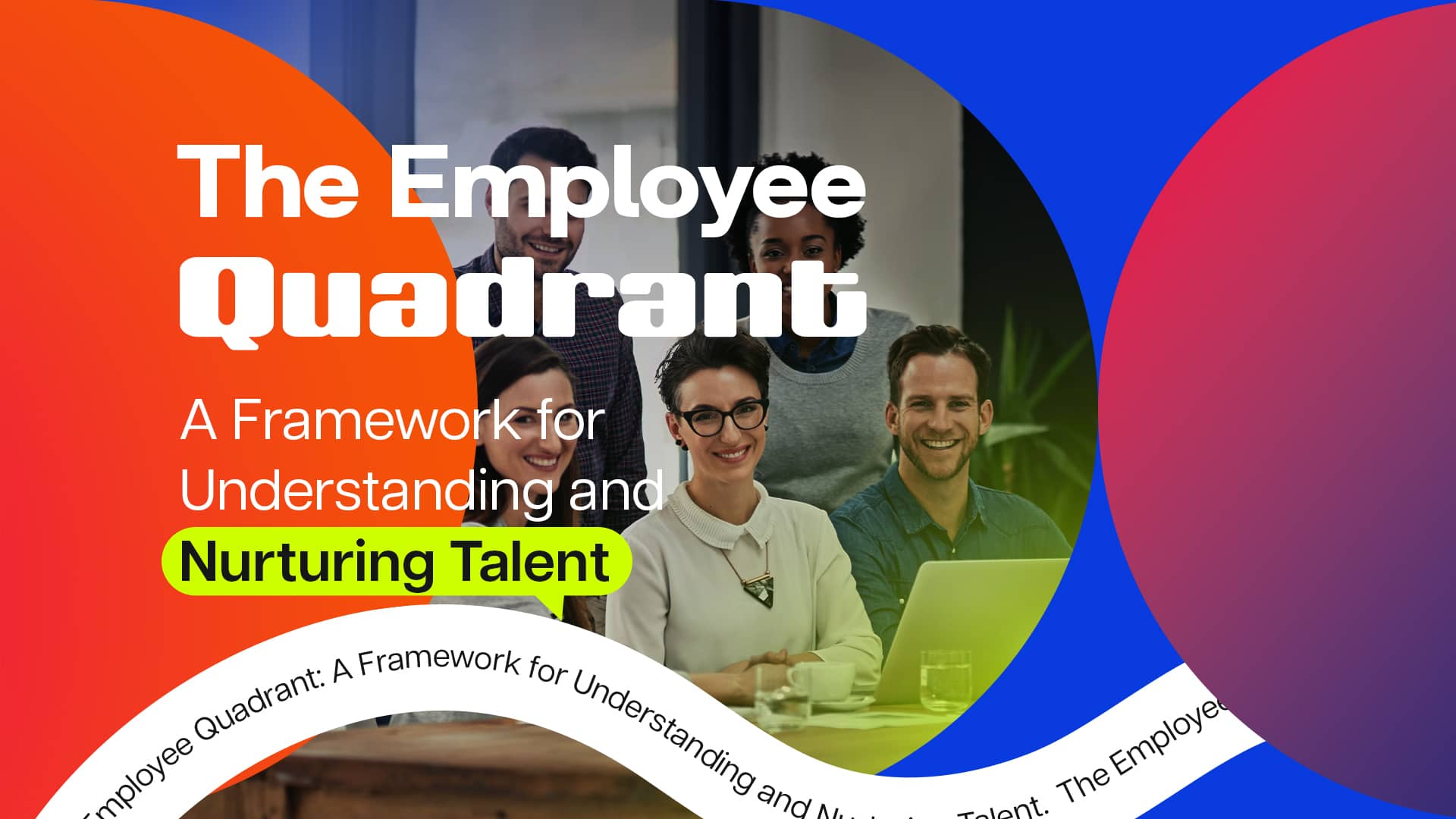The Employee Quadrant is a simple yet powerful framework that helps organizations categorize employees based on their performance and potential. Understanding the different quadrants can help managers make informed decisions about employee development, retention, and succession planning.
In this blog, we will explore the Employee Quadrant and discuss how organizations can leverage it to nurture and develop talent.
- The Employee Quadrant Explained
The Employee Quadrant consists of four categories:
- High Performers/High Potential (Stars): These employees consistently deliver outstanding results and demonstrate the potential for growth within the organization. They are often considered for leadership roles and succession planning.
- High Performers/Low Potential (Experts): These employees excel in their current roles but may not have the potential or desire to advance within the organization. They are crucial for maintaining stability and providing specialized expertise.
- Low Performers/High Potential (Future Stars): These employees have not yet reached their full potential but show great promise for future success. With appropriate coaching and development, they can become high-performing contributors.
- Low Performers/Low Potential (Underperformers): These employees struggle in their current roles and do not demonstrate significant potential for growth. They may require additional support or may not be the right fit for the organization.
- Leveraging the Employee Quadrant for Talent Development
Understanding the Employee Quadrant enables organizations to strategically invest in talent development. Here are some strategies for nurturing employees in each quadrant:
- Stars: Provide opportunities for growth and advancement, such as stretch assignments, leadership training, and mentorship. Recognize their achievements and ensure they feel valued and engaged.
- Experts: Offer specialized training and skill development to help them continue to excel in their current roles. Recognize their expertise and contributions and ensure they have the resources they need to succeed.
- Future Stars: Invest in coaching and development to help them reach their full potential. Identify areas for improvement and create individualized development plans to address skill gaps.
- Underperformers: Provide additional support, such as training, coaching, or performance improvement plans. If performance does not improve, consider whether the employee is a fit for the organization or if a different role might better suit their skills and interests.
Conclusion
The Employee Quadrant is a valuable tool for understanding and nurturing talent within an organization. By identifying employee strengths and areas for growth, managers can make informed decisions about talent development and succession planning. By investing in the development of employees across all quadrants, organizations can create a high-performing, engaged workforce that drives success and growth.










